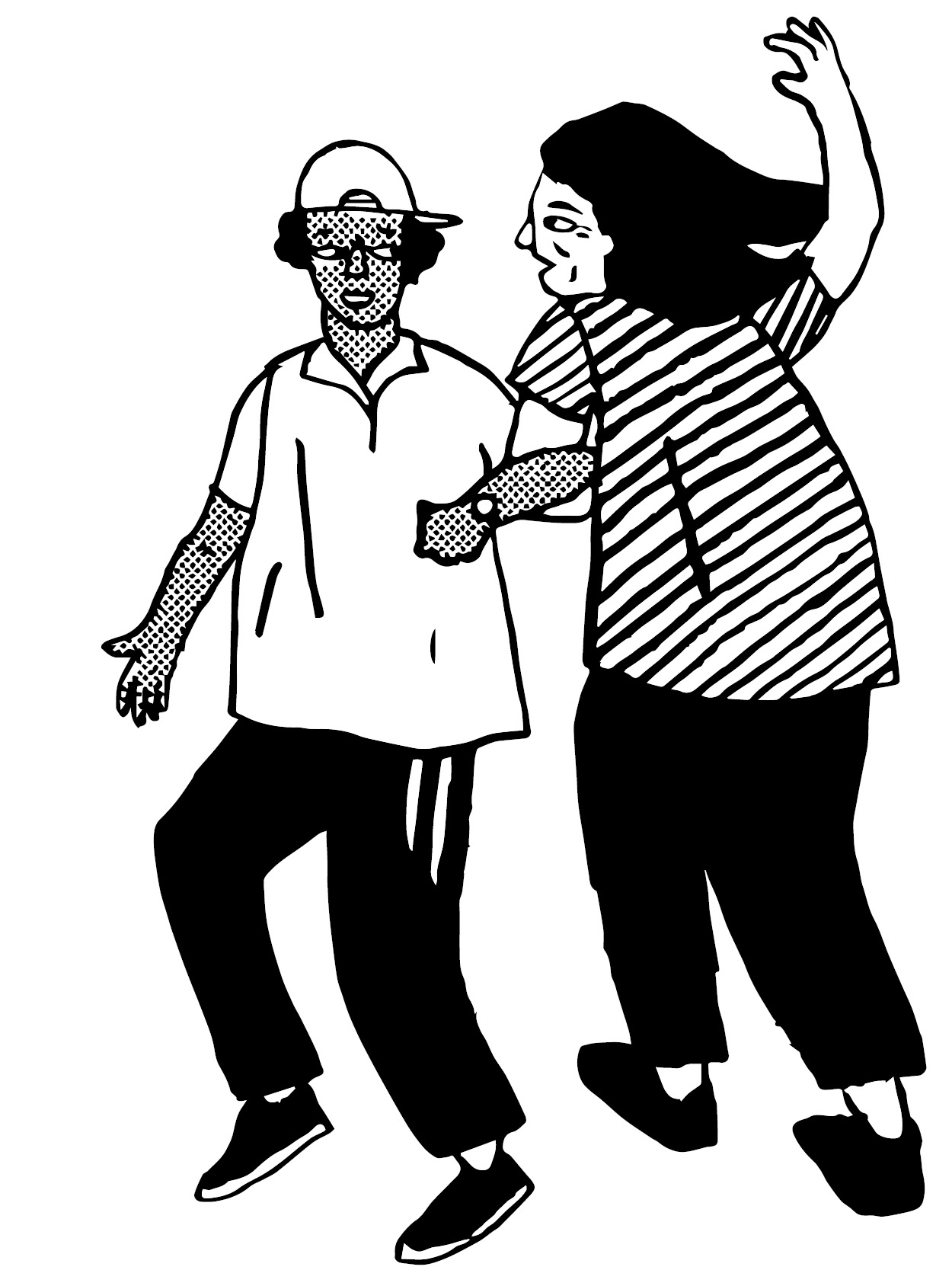The Fool
The Fool
The role of the fool in English customs is to entertain and be humorous, often being the most vocal and popular character. The fool can normally be recognised through certain costume elements:
Strange Costume
In the past this sometimes involved the humour of deprivation when it was considered socially acceptable to make fun of people who couldn’t afford decent clothes, or else had unusual bodies, particularly hunch-backs. Several modern fools wear smocks, an old protective over-garment now largely replaced by overalls for dirty work. Smocks were seen as a distinctive English garment – perhaps even a form of national dress. However, they were also associated negatively with rural life, and so a fool might comically don a smock to appear as a ‘country bumpkin’.
Comedy Costume
Examples include a silly hat, a tail, or even a complete comic outfit. In the 1920s and 1930s some fools wore clown costumes made like a hoodless-onesie with large neck frills. The character of Pierrot, the sad clown with loose fitting white clothing and white face, often with a tear drawn on, was one such favourite. Today a morris fool might wear a ready-made costume, dressing ironically as Darth Vader, or some other well-known villain.
A Special Fool's Costume
Some elements of the fool’s costume appear to have come from the medieval period. The hood, which it is believed, originally mimicked the hoods worn by Christian monks, often had comic attachments, such as asses’ ears or a chicken’s comb. In the medieval period parti-coloured clothes represented the idea that the fool had one foot in this life and one foot in another, supposedly allowing the fool to poke fun and comment on our world, because he was not quite of it.
Accessories
It is an old tradition that the fool has a special stick – the fool’s stick. In the past this stick often had a carved head and sometimes an inflated bladder attached to it. The fool’s stick probably mocked official sticks of office (such as the Queens’ jewelled sceptre). Today some fools still have an inflated pig’s bladder, or more commonly a blown-up balloon or plastic glove on a stick, with which they assault the dancers. The wearing of bells by the fool also has a long history dating back to the medieval period. Perhaps as a practical joke, in the 19th century several fools used to hide bells in their clothing.
Cross dressing
Cross-dressing is when a person of one gender puts on the clothes which are typically worn by another gender. In English folk customs it is nearly always a man who puts on women’s clothing, although there are many folk songs where a woman dons male clothes. In 19th century and early 20th century folk customs men cross-dressed in two ways:
(a) Sometimes they took a naturalistic approach, growing their head hair for the occasion, or shaving off their beard or moustache. This was often to play the role of the Lady, dressed in fine apparel.
(b) More commonly, men performed for comic effect as a caricature wearing stereotypically ‘female’ clothing whilst still maintaining identifiably ‘male’ features. This form of comedy and performance can be traced back to the medieval period when Christian priests used to put on women’s clothing as part of the annual “Feast of Fools!”. This type of cross-dressing performance was also used in political riots where people rose up against the ruling order – the most famous probably being the Welsh ‘Rebecca Riots’ (1839 -1844).
People still perform as another gender in folk customs as well as in other contexts. Sometimes, cross-dressing is seen as provocative or humorous because it subverts fixed cultural ideas as to how genders should behave. Cross-dressing can be done for comedic effect and without the intent to harm or belittle others – on the stage, the pantomime dame is an example of this. However, there are other presentations of performative gender which are merely rude or lewd caricatures.











